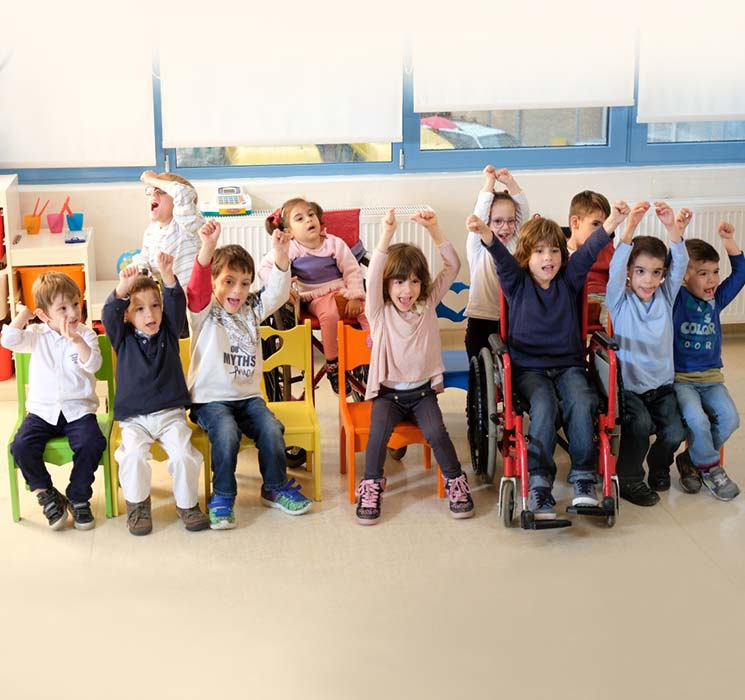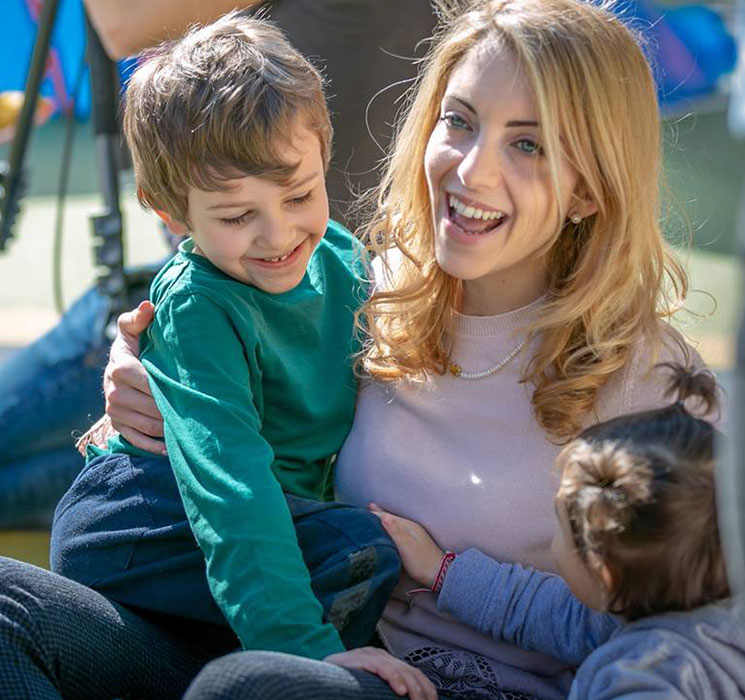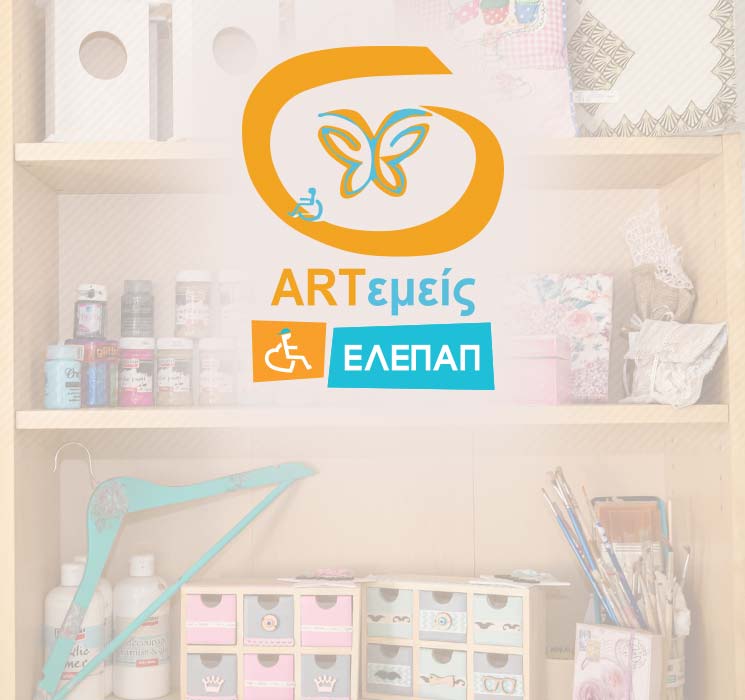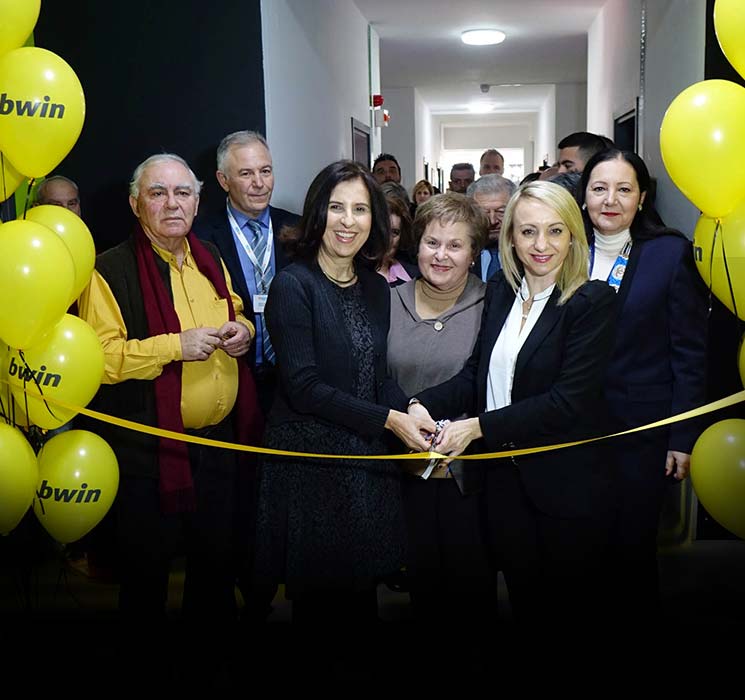Sensory integration
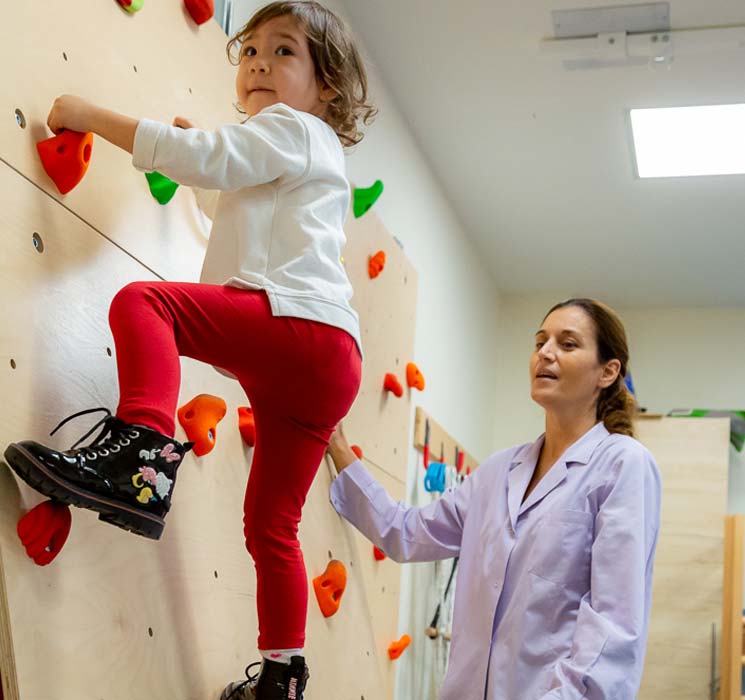
Sensory integration is a physiological, neurobiological process where parts of the nervous system work together to collect input from our surroundings through the senses (i.e. vision, hearing, touch, taste, smell).
Children with motor, vision, hearing and cognitive ability limitations, with spatial constraints with behavioural and comprehension difficulties, who have perception problems or suffer pain, are limited in the interaction with their surroundings and have therefore limited reception of the sensory stimuli which we take for granted.
The brain is able to register, process and organize this information so that we can:
- Interpret our surroundings and ourselves
- Have the appropriate response to the various challenges from our surroundings and
- Learn and evolve
Sensory Processing disorder is the result of neurological “disorganization” whereby sensory input is not properly processed and therefore not properly organized in the brain. During the Sensory Integration intervention, the therapist examines the child’s behaviour with the help of the parents in order to understand:
- The behaviours which hinder the child’s participation in everyday life
- The sensory systems responsible for them
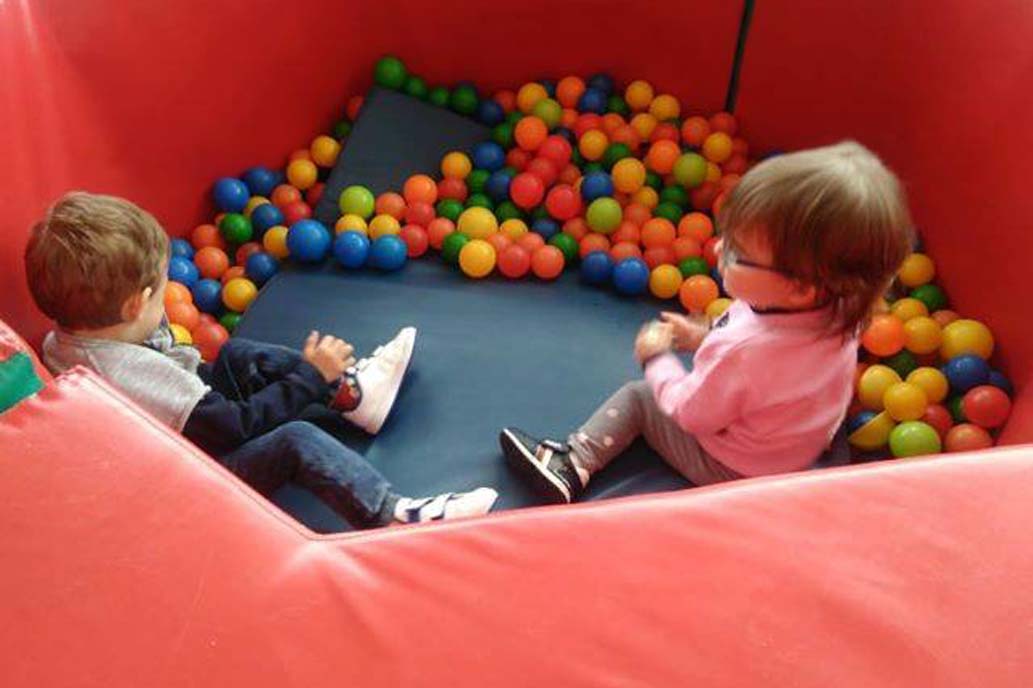
The child is assessed using clinical observations, calibrated tools and parent questionnaires. The objectives of the intervention are set after the assessment.
Multisensory stimulation of adequate frequency, intensity and duration increases brain alertness and leads to a better organized brain which in turn, allows for higher functional activity and learning.
The general therapeutic goals of the method are to provide:
- Sensory experiences that will contribute to the organization of the child’s central nervous system and help it react to the stimuli of its surroundings and to use the body in an organized and adaptive manner.
- Satisfaction as the child experiments with appropriate challenges at the limits of its abilities in a safe and playful environment.
- The possibility for the child to participate actively in everyday tasks and the ability to perform life roles.
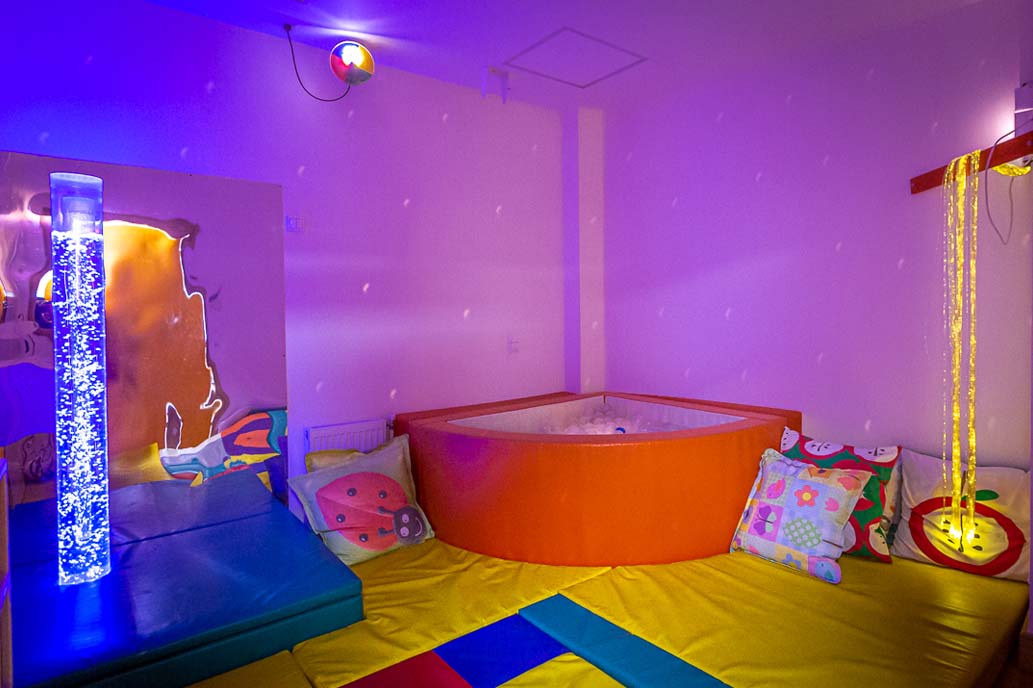
Individual goals depend on the child’s assessment result. The intervention gives great importance to the sensory motor development of the infant/child i.e. to:
- the sensory organization (visual, acoustic, tactile, olfactory, gustatory stimuli)
- the relaxation, pleasure and stimulation of the sensory organs
- the gross/fine motor skills
- visual motor integration
- the development of social, cognitive and functional skills
- play, exploration, fun and joy
- improved attention
- opportunities for interaction (with the therapist, the equipment, the other children)
- opportunities to acquire cognitive skills
The therapy takes place in the Sensory Integration room - a room full of colours, toys, beams, balls, mattresses- that provides stimulation, relaxation and enjoyable sensations as well as sensory-motor and social experiences.

